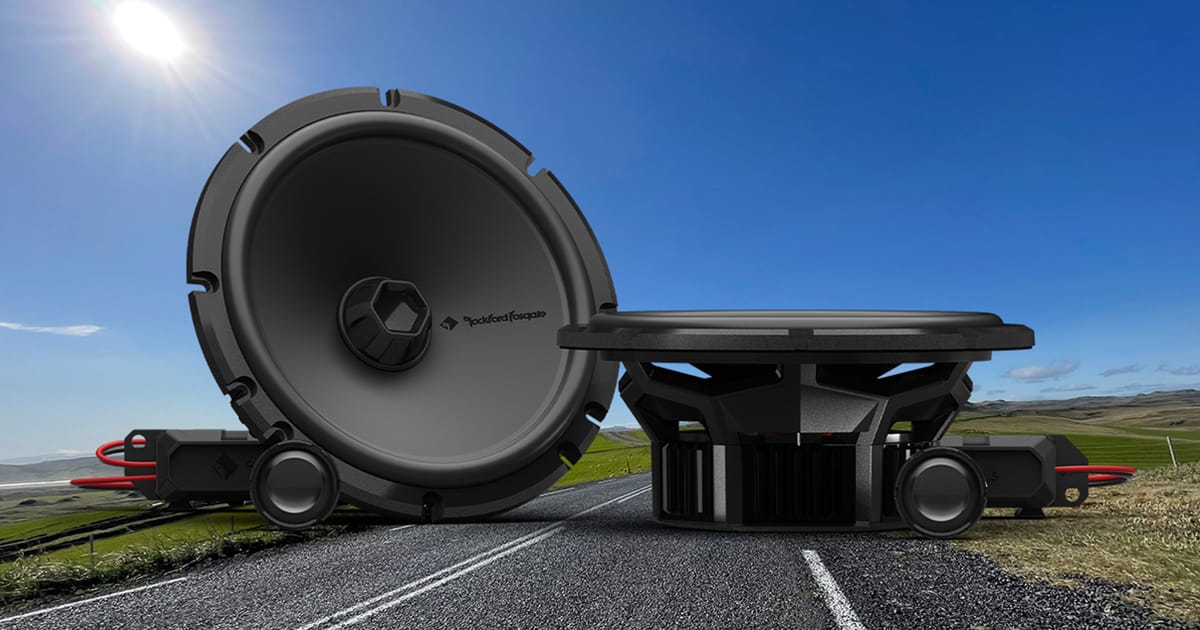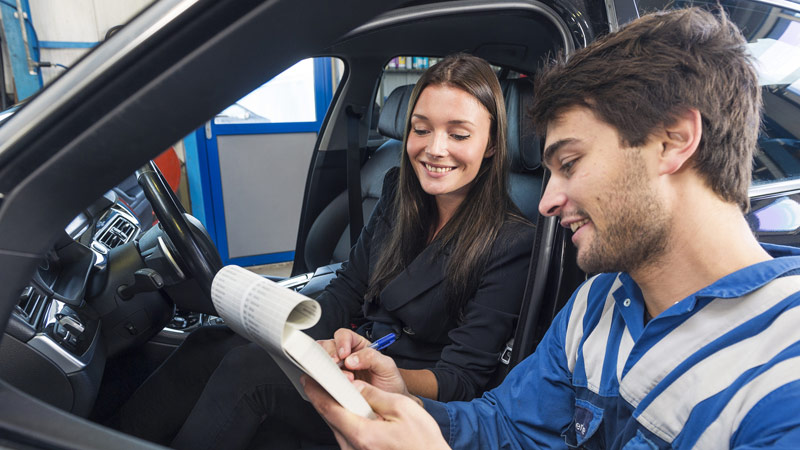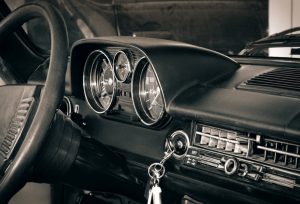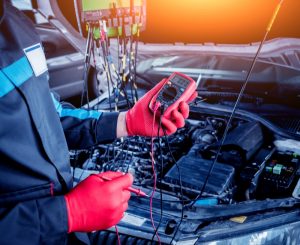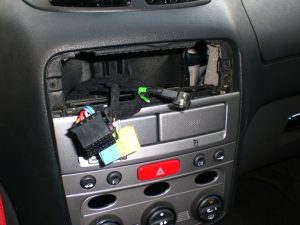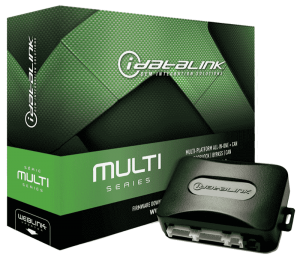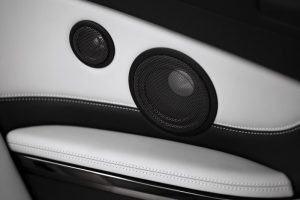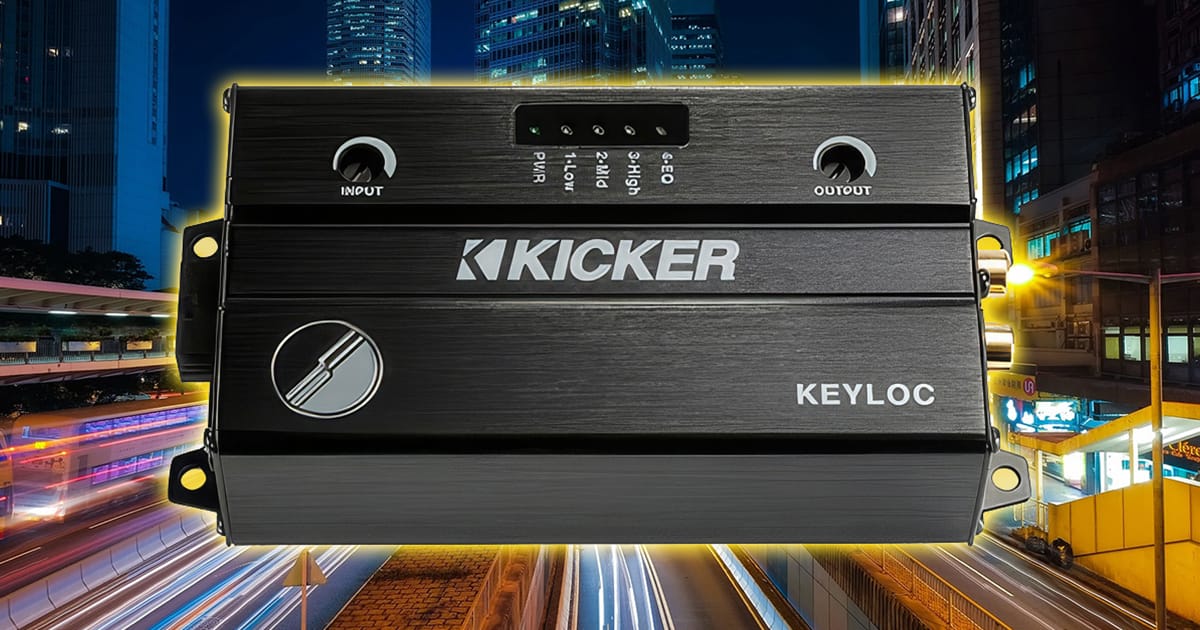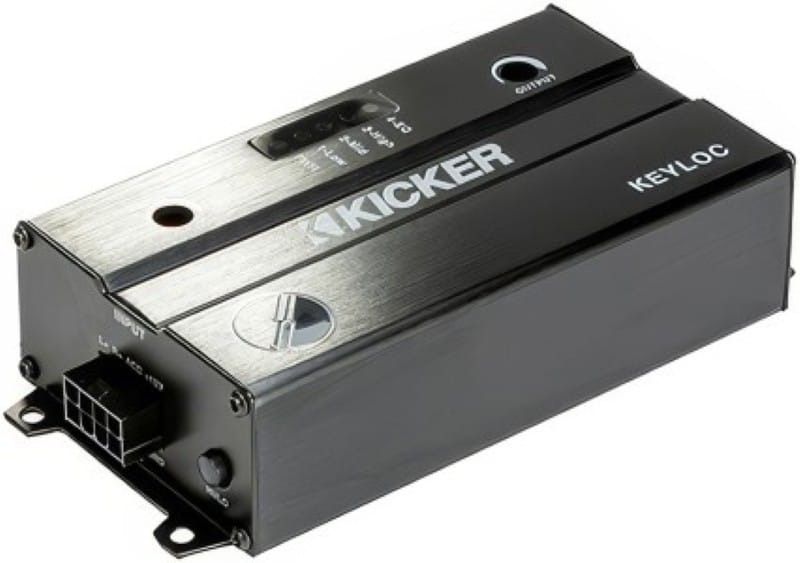Rockford Fosgate revamped its entire Punch Series speaker lineup and launched it at SEMA 2025. Rather than the good, better, best arrangement of previous years, they’ve created different tiers of installation application solutions. We looked at the P1V2-65 coaxials a short while ago. Now it’s time to check out the P2V2 convertible speaker sets. Let’s dive in with a close look at the 6.5-inch P2V2-65 solution.
Punch Series Speakers
The new Punch Series starts with the P1V2, an array of three-way coaxial designs for those who want a high-performance upgrade that uses Rockford Fosgate know-how to maximize performance and value. The P2V2 series includes seven convertible component speaker sets and a set of stand-alone tweeters. Sizes include 6.5-inch, 6.75-inch, 6×8-inch, and 6×9-inch models, with many available in regular and high-output designs. We’ll check out the HO series another time. For now, let’s look at what’s likely to be one of the most popular sets – the P2V2-65.
The P2V2-65 is a 6.5-inch component speaker set that includes two woofers, two 3/4-inch tweeters, and a set of passive crossover networks. Power handling is rated at 75 watts continuous and 150 watts maximum. Efficiency is an impressive 88 dB SPL at 1 watt, measured at 1 meter.
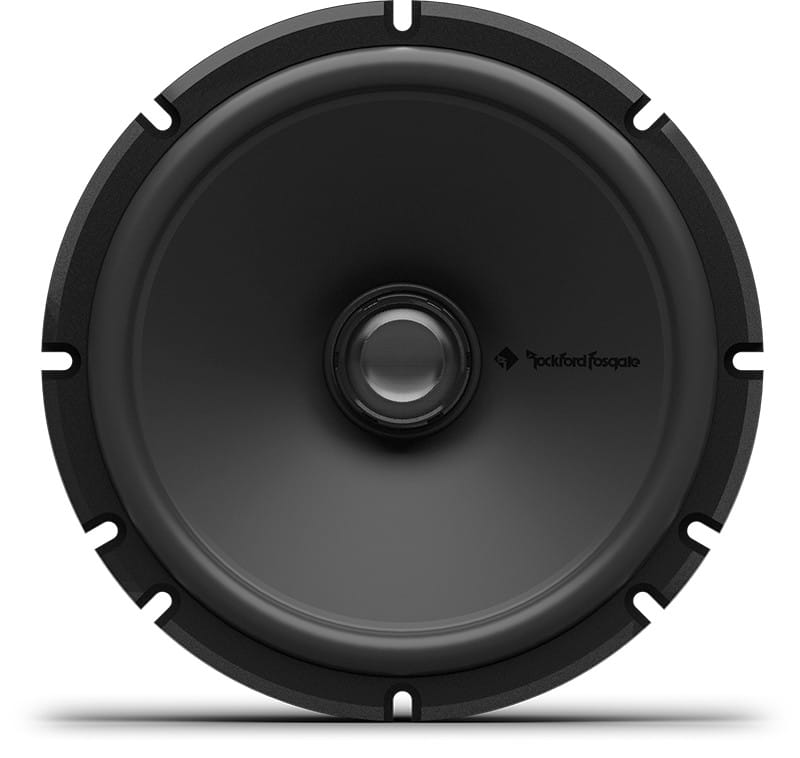
Punch P2V2-65 Performance-Enhancing Features
The woofers are based on a 15% glass-fiber-reinforced PA66 Nylon chassis that includes integrated terminals and cooling vents under the spider mounting plateau. The hexagonal six-spoke design carries down to the protective cap on the magnet. If mounting depth is an issue, this cap can be removed to shorten the overall height from 2.5 inches to 2.26 inches. Rockford Fosgate reports that significant work has gone into optimizing the basket to fit as many vehicles as possible.
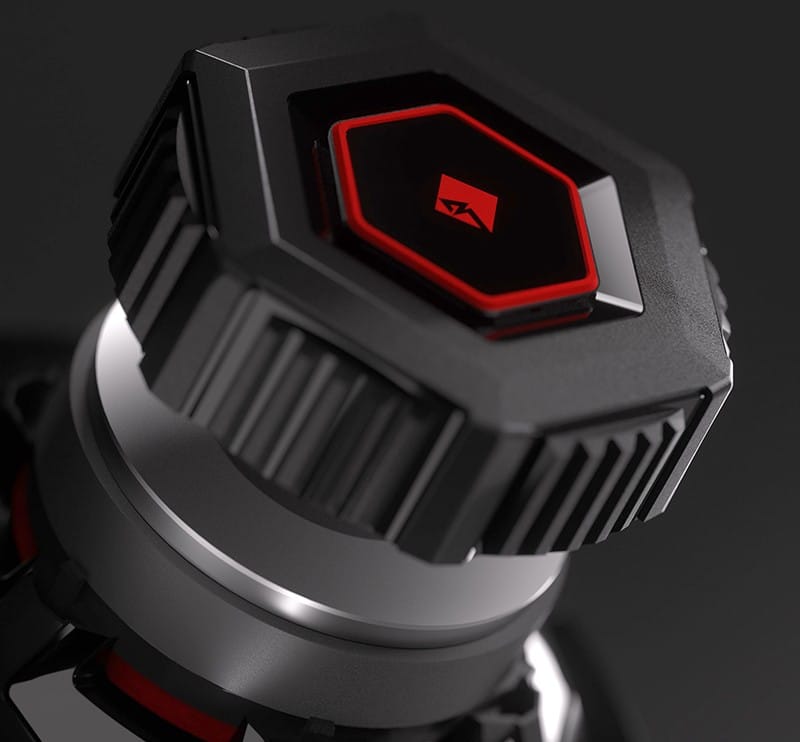
The woofer cone is molded from mica-reinforced polypropylene. The addition of the mica mineral improves thermal stability and rigidity and helps control resonance. A Santoprene rubber surround is chemically bonded to the cone for reliability. As you would expect from a premium Rockford Fosgate transducer, the surrounds feature the Vertical Attached Surround Technique (VAST) 2.0 geometry to increase the driver’s effective cone area dramatically. Rather than the surround lying flat on top of the mounting flange, it’s bonded vertically to the basket’s inner edge. The result is a cone area increase over typical woofers of more than 20%, improving efficiency and bass output.
At the base of the cone is a 1.25-inch-diameter vented Kapton voice-coil former. The winding has a nominal impedance of four ohms. A fatigue and tear-resistant Nomex spider serves as the woofer’s primary source of compliance. The tinsel leads are sewn to the spider to ensure silent, reliable operation.
Convertible Speaker Design
The tweeters included in the kit have an inverted 3/4-inch design with a Tetolon synthetic fiber dome. The tweeters can be flush-mounted using a 1.5-inch hole saw in a panel as thin as 3/8-inch. External -12 dB/octave passive crossovers with -3 dB attenuation are included for component installations. If you choose, you can convert the P2V2-65 set into a three-way system by adding the P3V2-25 2.5-inch midrange speaker set.

What makes the Punch P2V2-65 and its brethren unique is the ability to install the system as a component with the tweeter up in the door, dash, or A-pillar. Alternatively, the phase plug in the center of the woofer can be removed using the provided tool, and the tweeter can be locked in place. Copper spring contacts integrated into the basket ensure a reliable connection.
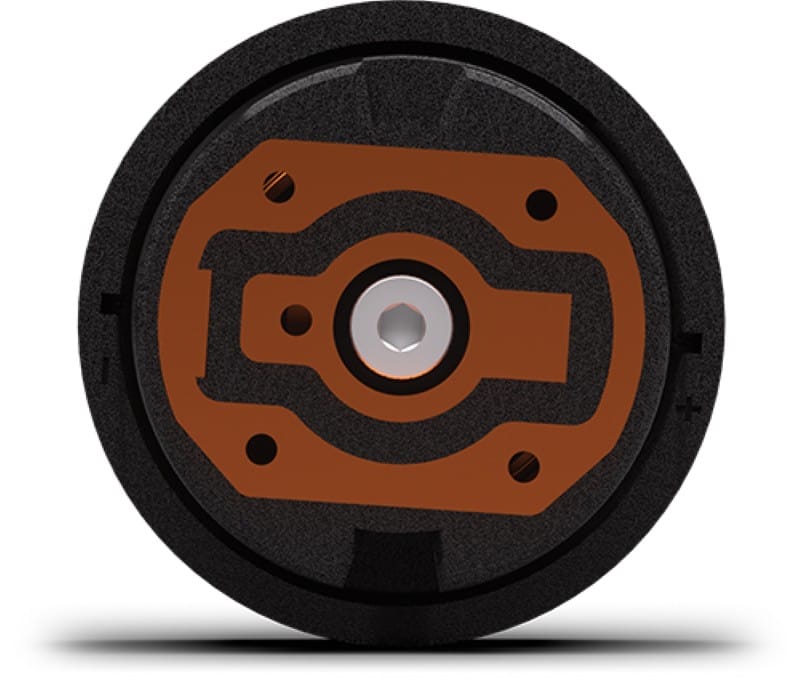
Rockford Fosgate’s Interchangeable Locking Mechanism (I.L.M.) ensures the tweeter, or phase plug, stays securely in place. Now, you can run one set of P2V2-65 in the doors and dash, and a second set as rear speakers in the back doors or parcel shelf, all from the same part number.
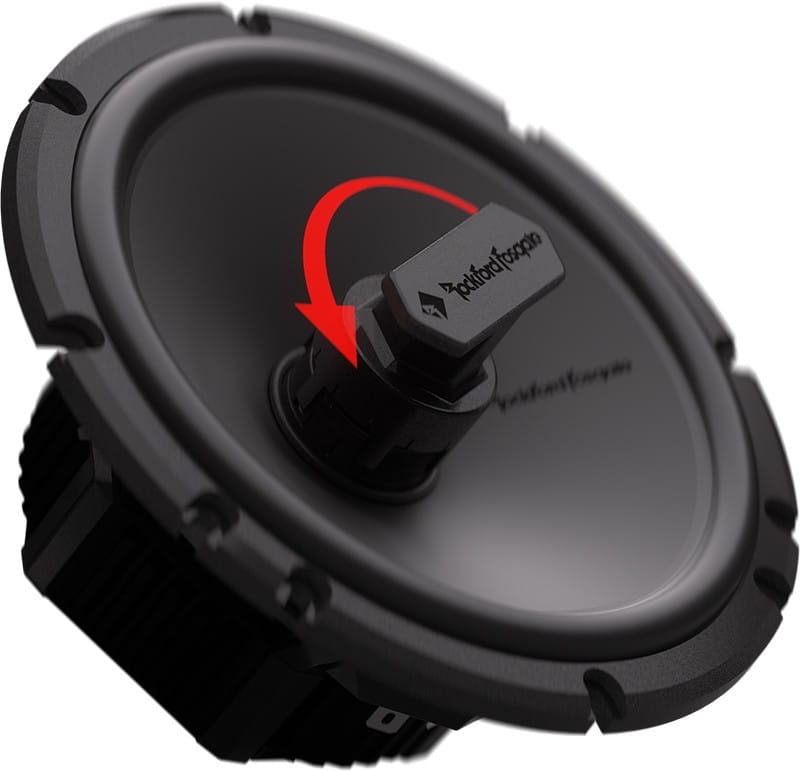
A few extra notes. The P2V2-65 kit is designed to be hidden behind factory speaker grilles. However, Rockford Fosgate offers the GF-65 flush-mount or GS-65 surface-mount grille sets if your installer needs to protect the woofers. Rockford Fosgate is so confident about the durability of these new speakers, they upgraded their standard warranty up to a two-year warranty that backs the kit against manufacturing defects.
Upgrade Your Car or Truck with Punch V2 Convertible Speakers Today!
If you are looking for a speaker set with impressive features and fantastic value, drop into a local authorized Rockford Fosgate retailer today and audition the new P2V2-65 or its 6.75, 6×8 or 6×9 cousins. You can find an authorized retailer near you using the locator tool on the Rockford Fosgate website.
Be sure to stay connected to Rockford Fosgate as they continue to roll out new products over the next little while by following them on Facebook, Instagram and, of course, YouTube. We know there’s much more to come!
This article is written and produced by the team at www.BestCarAudio.com. Reproduction or use of any kind is prohibited without the express written permission of 1sixty8 media.
